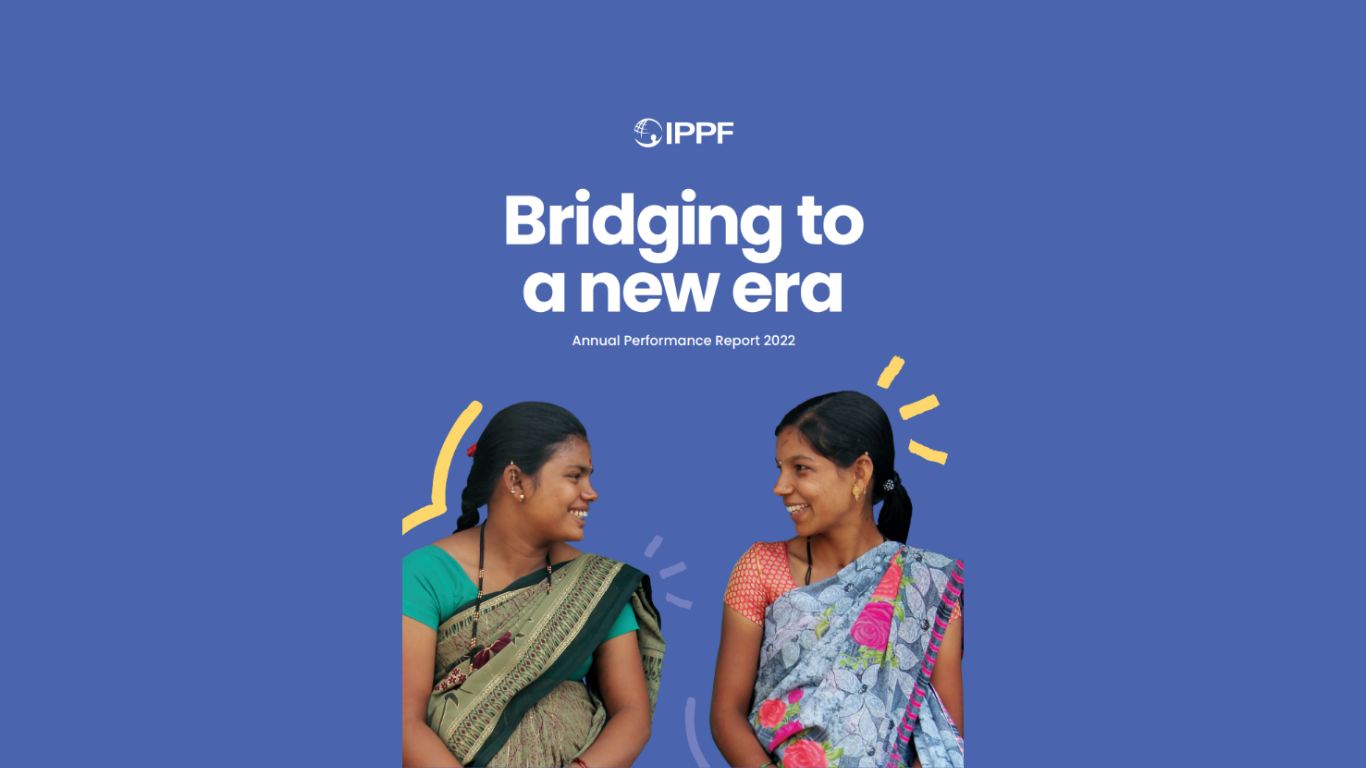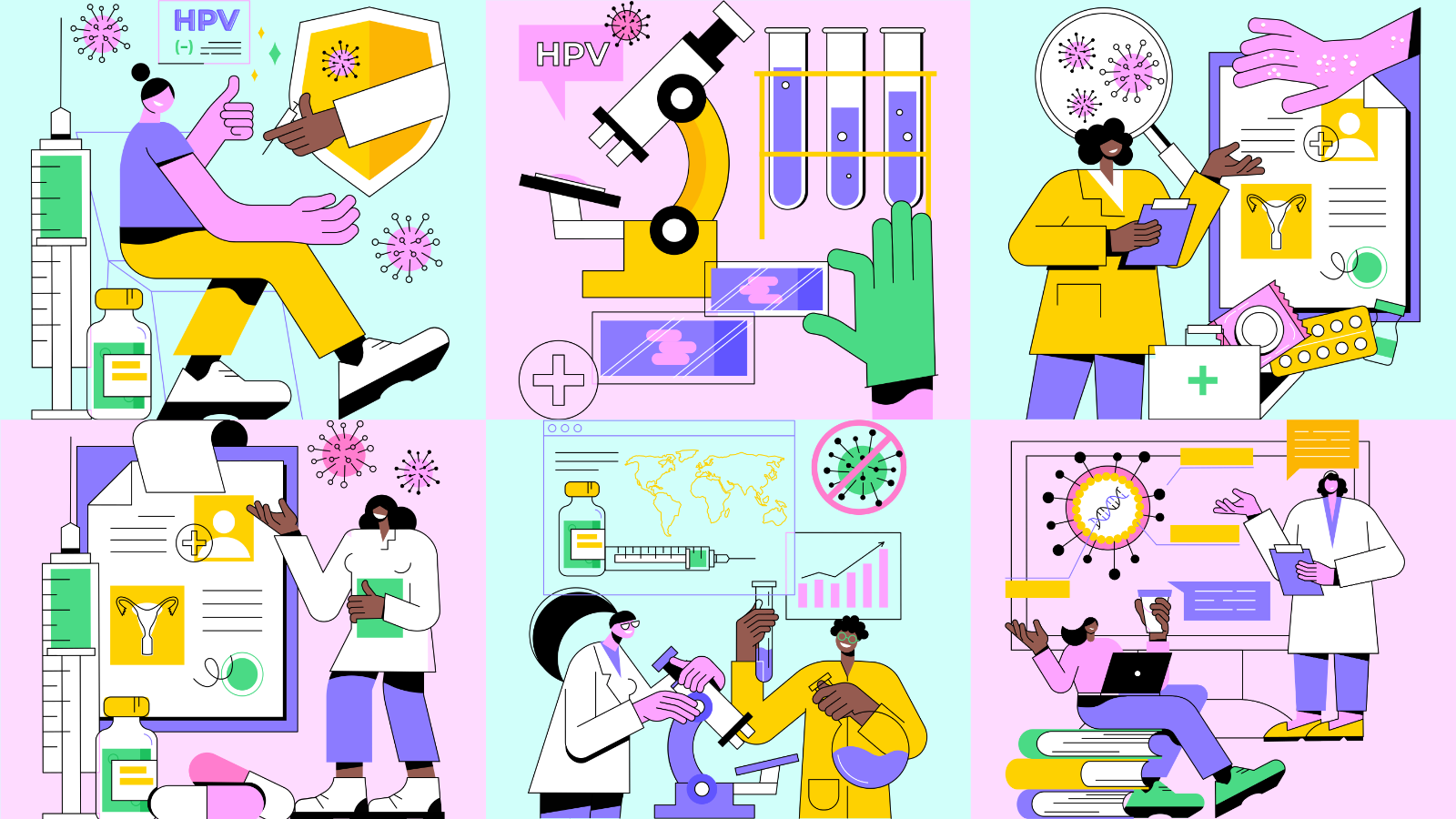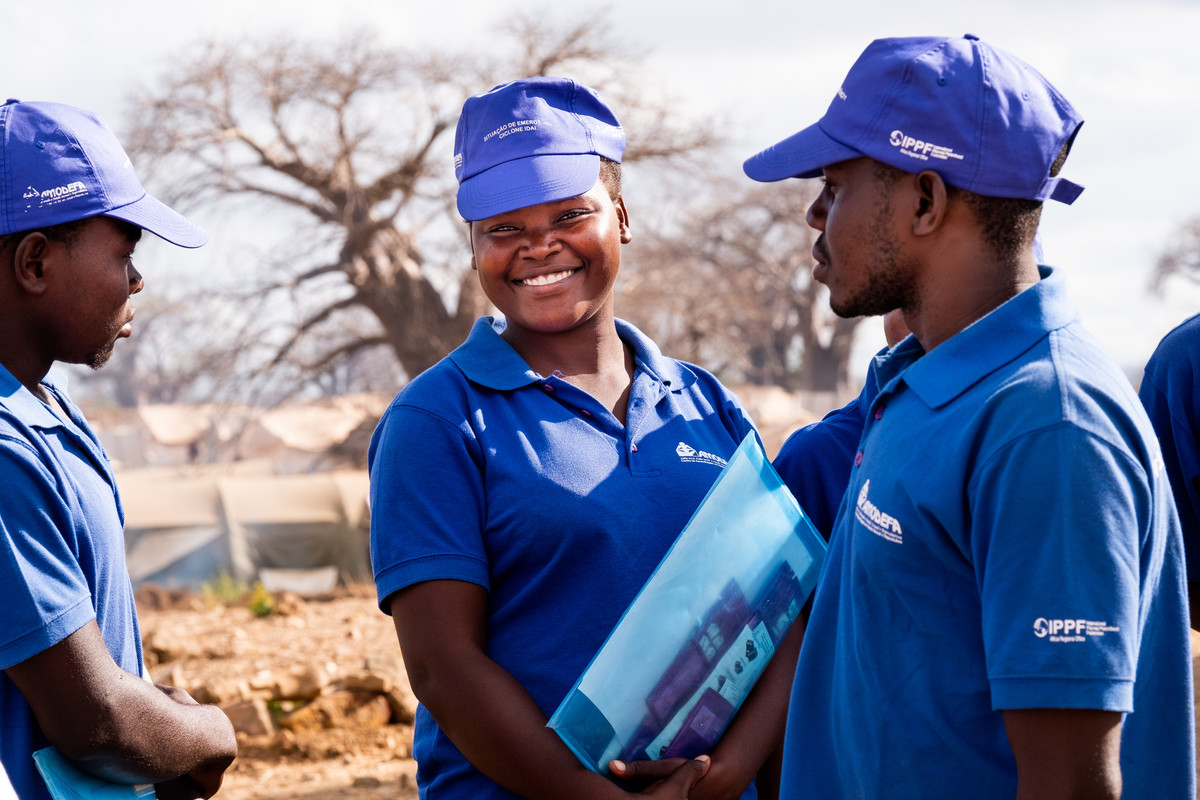Spotlight
A selection of resources from across the Federation
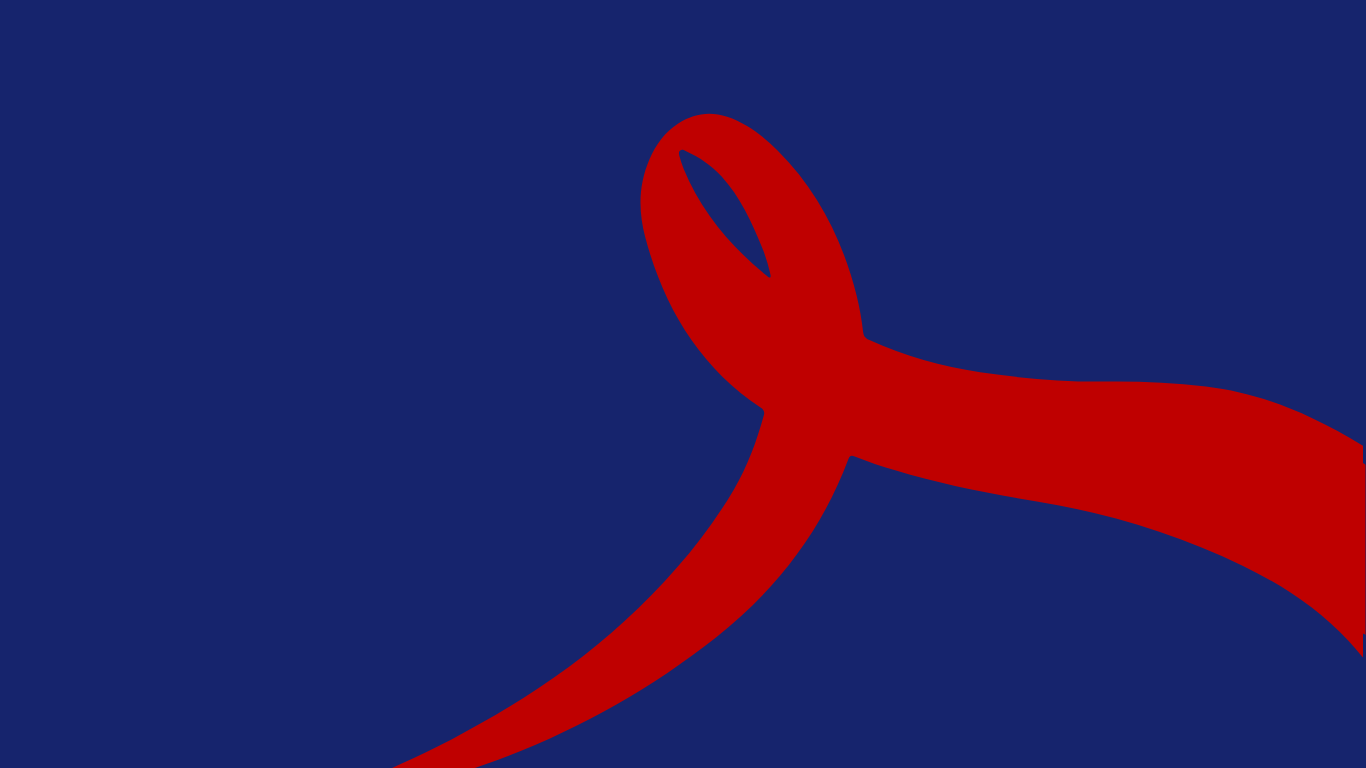
HIV Theory of Change
Our HIV Theory of Change is to clarify the goals and vision of IPPF’s HIV programme and to articulate the different pathways and strategies IPPF uses to contribute towards its HIV goals and vision.
Filter our resources by:
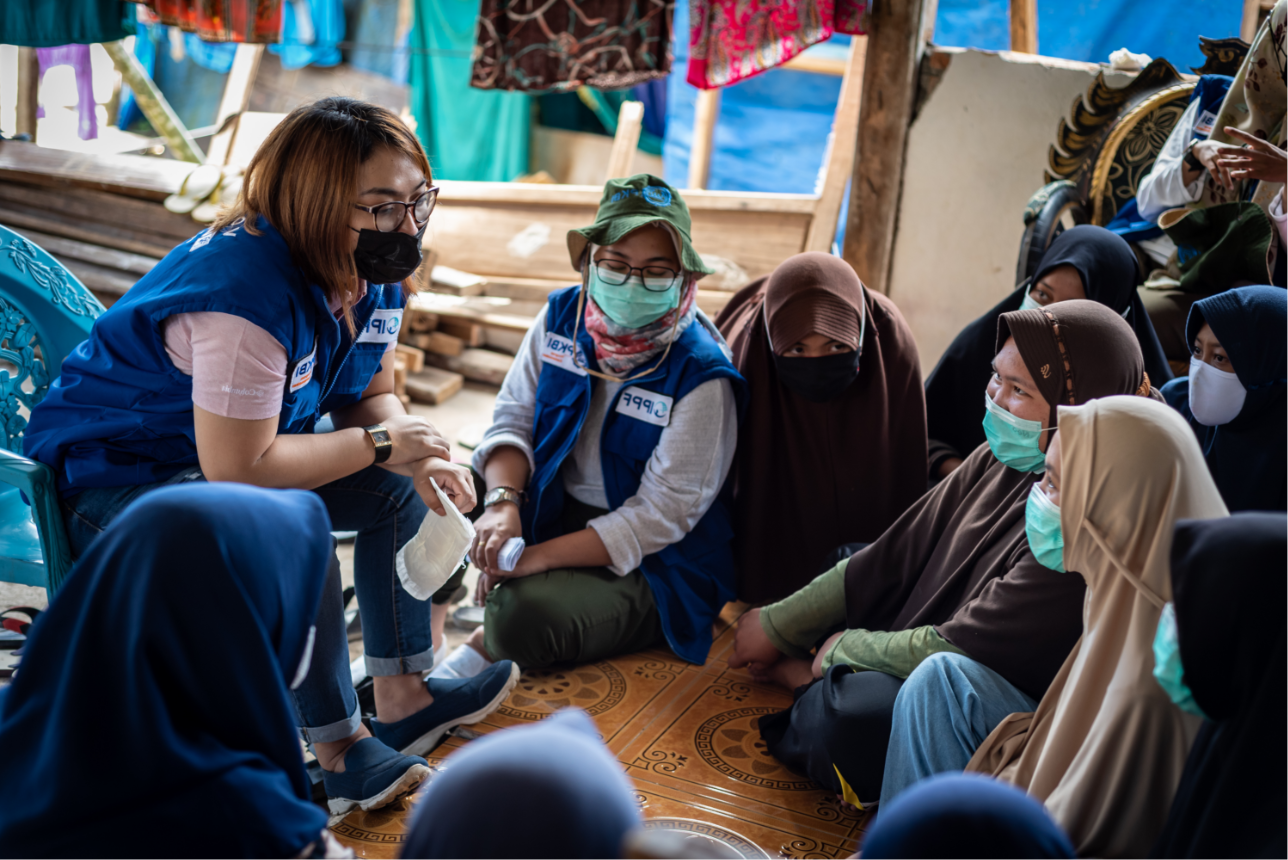
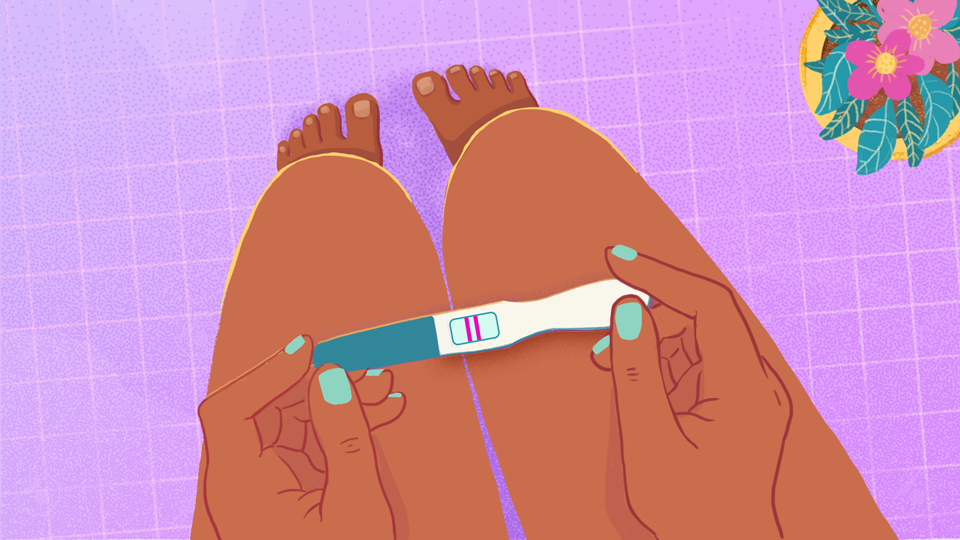
| 03 November 2021
A história do aborto de Ada
A história do aborto de AdaAcompanhe Ada para descobrir sua história. Como muitas pessoas, ela acabou de descobrir que está grávida, mas não tem condições de cuidar de outra criança. Ela decidiu fazer um aborto. Quais serão suas opções e o que ela escolherá? Reserve alguns minutos hoje para conhecer sua jornada e clique aqui para começar ...Seu nome é Ada. Você descobriu que está grávida, mas você não tem condições de cuidar de outra criança. Você decidiu fazer um aborto.O que você faz?Na internet, você descobre a https://safe2choose.org/pt/. No site, você lê sobre a atenção ao aborto disponível em seu país e sobre outras pessoas que também fizeram um aborto. Você também encontra um número de telefone gratuito de uma associação membra da IPPF em seu país que oferece informações e apoio para abortar.Você decide de:Você liga para sua amiga Maryam, que te conta que conhece muitas mulheres que fizeram um ou mais abortos. Ela diz que ela mesma fez dois. Ela dá conselhos sobre como encontrar informações online e também sobre a clínica onde ela fez seus abortos.Você decide de:Falar com uma conselheira safe2choose por chat ao vivo, ela te oferece aconselhamento confidencial e sem julgamento em seu idioma, gratuitamente. Você descobre que existem dois tipos de aborto disponíveis para você: • Um procedimento no hospital denominado aspiração manual intrauterina (AMIU), que inclui o uso de um dispositivo de sucção para remover a gravidez. Esta opção é normalmente oferecida até 13 semanas de gestação e leva cerca de 10 a 15 minutos. • Um aborto medicamentoso, que consiste em tomar comprimidos para induzir um aborto. Esta opção é normalmente oferecida até 12 a 13 semanas de gestação e pode ser feita na clínica ou em casa.Você decide de:Você fala com um serviço de saúde membro da IPPF, que oferece aconselhamento confidencial e sem julgamento sobre suas opções. Lá, te explicam os dois tipos de aborto disponíveis para você, que as conselheiras da safe2choose também haviam explicado - aborto medicamentoso com pílulas e aspiração manual a vácuo (AMIU).Você decide de:Elas explicam dois tipos de aborto disponíveis para você: • Um procedimento clínico conhecido como aspiração manual intrauterina (AMIU) que é realizado com um dispositivo de sucção que serve para remover a gravidez. Esta opção é comumente usada até 13 semanas de gestação e dura cerca de 10 a 15 minutos. • Um aborto medicamentoso que envolve a ingestão de comprimidos para provocar o aborto. Esta opção é normalmente oferecida até 12 ou 13 semanas de gestação e pode ser realizada na clínica ou em casa.Você decide de:On the internet, you discover safe2choose.org and read on their website about available abortion care in your country and about others who have also had an abortion. You speak to one of their counsellors by live chat, and she offers confidential and non-judgmental counselling in your language, free of charge.You learn that there are two types of abortion available to you:• An in-clinic procedure called a manual vacuum aspiration (MVA), which includes the use of a suction device to remove the pregnancy. This option is typically offered up to 13 weeks of gestation and takes about 10-15 minutes.• A medical abortion, which involves taking pills to induce an abortion. This option is typically offered up to 13 weeks in-clinic or up to 12 weeks at home.You decide to:Você fez a escolha que melhor se adapta às suas necessidades e situação, e foi apoiada durante todo o processo. A safe2choose.org e a IPPF oferecem informações, apoio e uma gama de opções para o atendimento ao aborto centrado na pessoa e baseado em direitos para todas as pessoas, independentemente de sua idade, religião, nacionalidade ou classe social. A equipe de conselheiras internacionais da safe2choose está aqui para apoiar durante todo o processo, a qualquer momento. A IPPF oferece atendimento ao aborto de qualidade e sem julgamento através de clínicas locais, atendimento baseado na comunidade, aconselhamento remoto e apoio ao aborto medicamentoso autogerido.Para obter mais informações, por faor visite os seguintes sites:• Informações de safe2choose sobre abortamento medicamentoso e aspiração manual a vácuo (AMIU)• Vídeos curtos da IPPF sobre aborto médico e aspiração manual a vácuo (AMIU)• Marcas de pílulas abortivas disponíveis em cada país - safe2choose information and MedAb.orgVocê conversa com uma parteira em uma clínica membra da IPPF que oferece aconselhamento confidencial e sem julgamentos sobre suas opções. Ela te explica dois tipos de aborto disponíveis para você: • Um procedimento clínico, chamado aspiração manual intrauterina (AMIU), que inclui o uso de dispositivo de sucção para remover a gravidez. Esta opção é normalmente oferecida até 13 semanas de gestação e leva cerca de 10 a 15 minutos. • Um aborto medicamentoso, que consiste em tomar comprimidos para induzir um aborto. Esta opção é normalmente oferecida até 12 a 13 semanas de gestação e pode ser feita na clínica ou em casa.Você decide de:You've made the choice that best suits your needs and situation, and you've been supported to do so throughout the process.Abortions are very common and one of the safest medical procedures when done under the right conditions and with the right information. Everyone regardless of their age, religion, nationality or social class deserves access to a safe abortion. safe2choose.org and IPPF offer information, support and a range of options for person-centred and rights-based abortion care.safe2choose's team of international counsellors are here to support you throughout the process at anytime.Você fala com uma pessoa da clínica membra da IPPF que te proporciona aconselhamento confidencial, sem julgamento, sobre suas opções. Ela te explica que há dois tipos de aborto disponíveis para você: • Um procedimento no hospital chamado aspiração manual intrauterina (AMIU) que envolve o uso de um dispositivo de sucção para remover a gravidez. Esta opção é normalmente oferecida até 13 semanas de gestação e leva de 10 a 15 minutos. • Um aborto medicamentoso que consiste na ingestão de pílulas para induzir o aborto. Esta opção, geralmente oferecida até 12 a 13 semanas de gestação, pode ser realizada na clínica ou em casa.Você decide de: Also available in English, French, and Spanish

| 27 September 2021
My abortion journey
Ada's abortion journeyTake a journey with Ada to discover her story. Like many people, she has just found out that she is pregnant, but she cannot afford to raise another child. She has decided to have an abortion. What will her options be, and what will she choose? Take a couple of minutes today to share her journey – click "Start" to begin...Your name is Ada. You've found out you are pregnant, but you cannot afford to raise another child. You have decided to have an abortion.What do you do?On the internet, you discover safe2choose.org and read on their website about available abortion care in your country and about others who have also had an abortion. You also find a toll-free number for an IPPF member association in your country that offers abortion information and support.You decide to:You call your friend Maryam, who explains to you that she knows many women who have had one or more abortions. She tells you that she herself has had two. She gives you advice about how to find information online, and also about the clinic where she had her abortions. You decide to:You speak to a safe2choose counsellor by live chat, and she offers confidential and non-judgmental counselling in your language, free of charge.You learn that there are two types of abortion available to you:• An in-clinic procedure called a manual vacuum aspiration (MVA), which includes the use of a suction device to remove the pregnancy. This option is typically offered up to 13 weeks of gestation and takes about 10-15 minutes.• A medical abortion, which involves taking pills to induce an abortion. This option is typically offered up to 12 to 13 weeks' gestation and can be managed in clinic or at home.You decide to:You speak to an IPPF member service provider, who offers you confidential and non-judgmental counselling about your options. They explain the two types of abortion available to you, which the safe2choose counsellors had also explained – medical abortion with pills and manual vacuum aspiration (MVA).You decide to:They explain two types of abortion available to you:• An in-clinic procedure called a manual vacuum aspiration (MVA), which includes the use of a suction device to remove the pregnancy. This option is typically offered up to 13 weeks of gestation and takes about 10-15 minutes.• A medical abortion, which involves taking pills to induce an abortion. This option is typically offered up to 12 to 13 weeks' gestation and can be managed in clinic or at home.You decide to:On the internet, you discover safe2choose.org and read on their website about available abortion care in your country and about others who have also had an abortion. You speak to one of their counsellors by live chat, and she offers confidential and non-judgmental counselling in your language, free of charge.You learn that there are two types of abortion available to you:• An in-clinic procedure called a manual vacuum aspiration (MVA), which includes the use of a suction device to remove the pregnancy. This option is typically offered up to 13 weeks of gestation and takes about 10-15 minutes.• A medical abortion, which involves taking pills to induce an abortion. This option is typically offered up to 13 weeks in-clinic or up to 12 weeks at home.You decide to:You've made the choice that best suits your needs and situation, and you've been supported to do so throughout the process. safe2choose.org and IPPF offer information, support and a range of options for person-centred and rights-based abortion care for everyone, regardless of their age, religion, nationality or social class. safe2choose's team of international counselors are here for support throughout the process at anytime. IPPF offers quality and non-judgmental abortion care through static clinics, community-based care, remote counseling, and support for self-managed medical abortion.For further information, please visit the following:• safe2choose's information on medical abortion and manual vacuum aspiration (MVA)• IPPF's short videos on medical abortion and manual vacuum aspiration (MVA)• Brands of medical abortion available at country level – safe2choose information and MedAb.orgYou visit a midwife at an IPPF member clinic who offers you confidential and non-judgmental counselling about your options.They explain two types of abortion available to you:• An in-clinic procedure called a manual vacuum aspiration (MVA), which includes the use of a suction device to remove the pregnancy. This option is typically offered up to 13 weeks of gestation and takes about 10-15 minutes.• A medical abortion, which involves taking pills to induce an abortion. This option is typically offered up to 12 to 13 weeks' gestation and can be managed in clinic or at home.You decide to:You've made the choice that best suits your needs and situation, and you've been supported to do so throughout the process.Abortions are very common and one of the safest medical procedures when done under the right conditions and with the right information. Everyone regardless of their age, religion, nationality or social class deserves access to a safe abortion. safe2choose.org and IPPF offer information, support and a range of options for person-centred and rights-based abortion care.safe2choose's team of international counsellors are here to support you throughout the process at anytime.You speak to an IPPF member service provider, who offers you confidential and non-judgmental counselling about your options.They explain two types of abortion available to you:• An in-clinic procedure called a manual vacuum aspiration (MVA), which includes the use of a suction device to remove the pregnancy. This option is typically offered up to 13 weeks of gestation and takes about 10-15 minutes.• A medical abortion, which involves taking pills to induce an abortion. This option is typically offered up to 12 to 13 weeks' gestation and can be managed in clinic or at home.You decide to: Also available in French, Spanish, and Portuguese
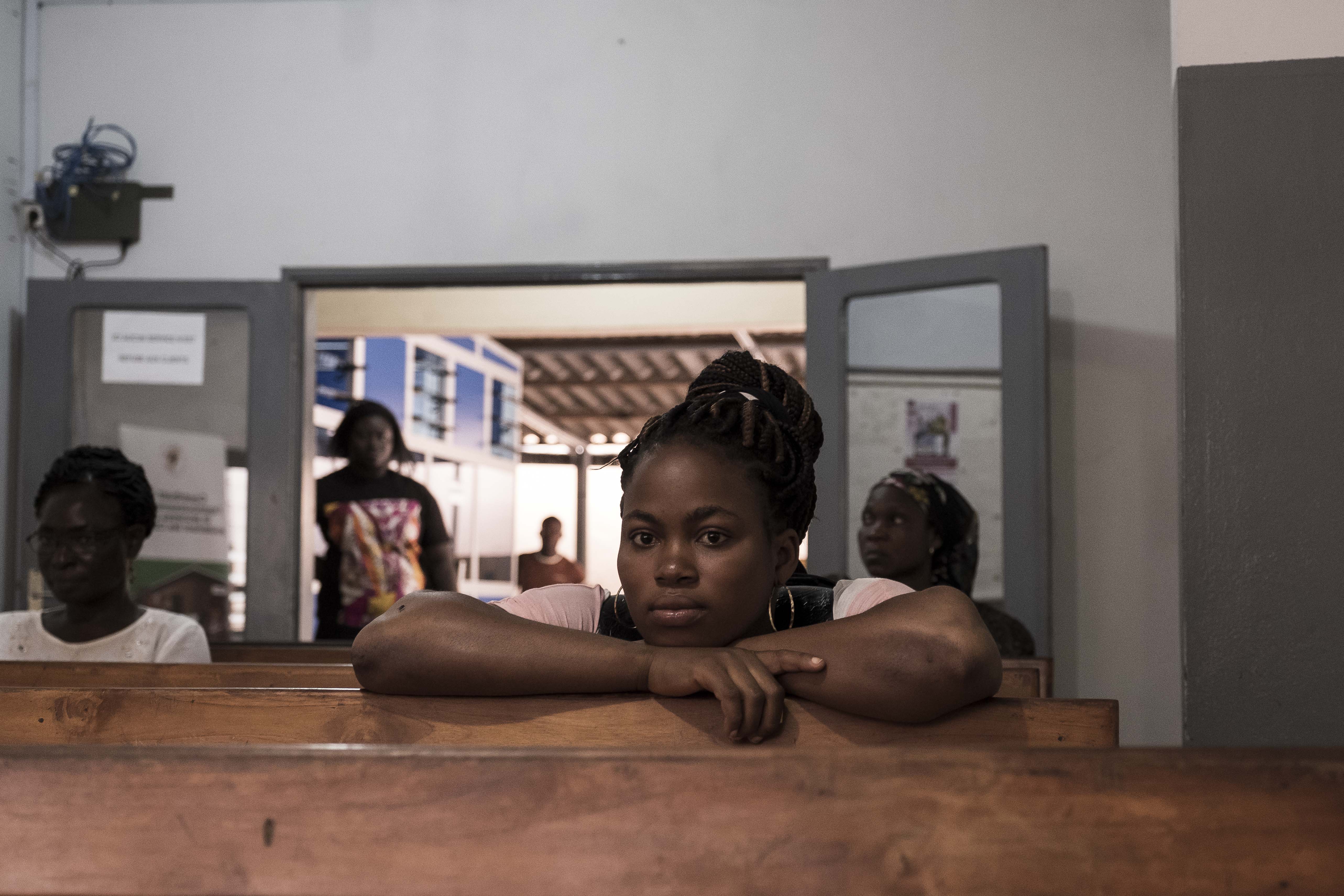
| 10 February 2021
Reducing Abortion Stigma: Global Achievements since 2014
Abortion stigma affects everyone: individuals, communities and service providers. Young women and adolescent girls bear the brunt of abortion stigma. It causes delays in people seeking abortion and stops others from accessing it, leading to unintended pregnancies. Stigma drives abortion underground, where it is more likely to be unsafe. Since 2014, the support of the David & Lucile Packard Foundation has enabled IPPF to reduce abortion stigma affecting young people around the world, working directly with Member Associations in six countries (Bénin, Burkina Faso, India, Pakistan, Ghana and Nepal). Meaningful youth participation has ensured that young people’s lived experiences were central in every aspect of this work. This project has also supported smaller ground-breaking youth-led projects in 14 different countries: Albania, Colombia, Ghana, Guinea, Kenya, Macedonia, Nepal, Nigeria, Palestine, Puerto Rico, Sierra Leone, Spain, Tanzania and Venezuela. This document highlights the achievements and learnings from the Abortion Stigma Project between 2014 and 2020, including case studies, research and evidence generated around abortion stigma, and popular resources and tools developed throughout the project, and more. We invite you to read more on this ground-breaking work in Reducing Abortion Stigma: Global Achievements since 2014
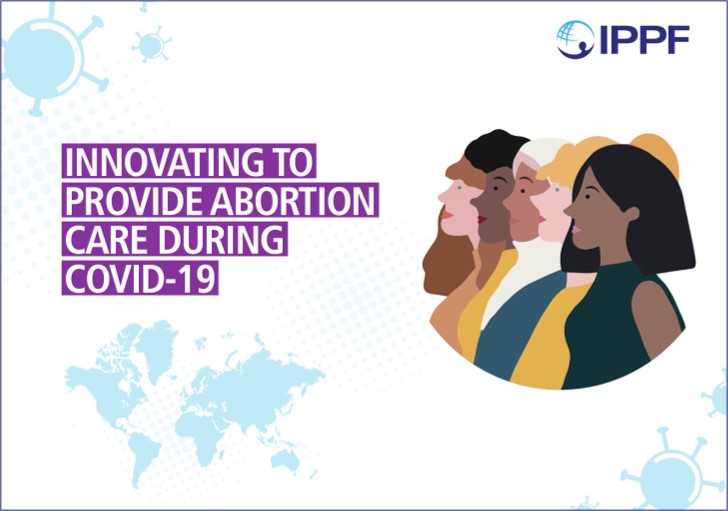
| 24 September 2020
Innovating to provide abortion care during COVID-19
During the COVID-19 pandemic, women globally face compounded barriers to accessing safe abortion care. The de-prioritization of sexual and reproductive health services including abortion care, overwhelmed health systems, restrictions on movement and fear of visiting health facilities have all created additional challenges for women to safely end a pregnancy. However, recognizing the need to adapt to ensure women have access to the care they need, this crisis has sparked innovation among IPPF Member Associations. They developed new approaches to reach women with safe abortion information and care, while keeping women’s choice and quality of care at the centre of their work. This document illustrates some of the innovative approaches used to ensure continued access to quality abortion care during the pandemic.

| 21 September 2020
It's All One Curriculum
Researchers have identified gender inequality as a key factor driving the AIDS pandemic. Policymakers have called for sexuality and HIV education that emphasizes gender equality and human rights. Educators want to teach young people the critical thinking skills needed to build compassionate and just societies. It's All One Curriculum responds to these calls.
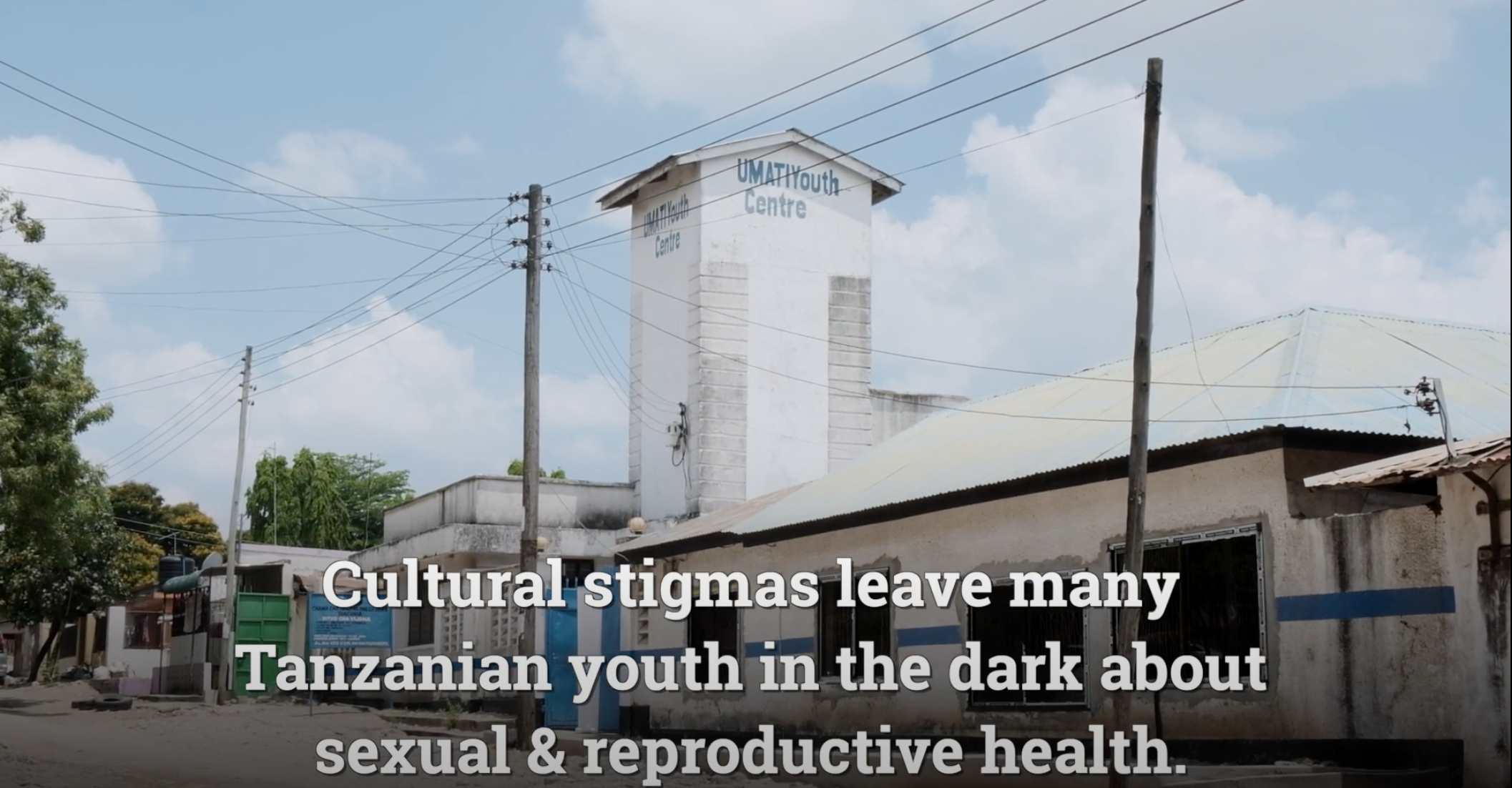
| 12 August 2020
Tanzania: A youth center on a mission to destigmatize sexual health
Cultural stigmas leave many young people in Tanzania in the dark about their sexual and reproductive health and rights. Our Member Association - Chama cha Uzazi na Malezi Bora Tanzania (UMATI) - has come up with a solution at their youth center in Dar es Salaam: peer-to-peer educators. Every week over 100 youth sign up for services and training at the center. In 2017 the Global Gag Rule pulled funding from UMATI, however, the Belgian Government stepped in with emergency funding which allowed the center to remain open through the She Decides project.











